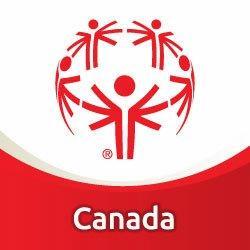Basketball
Basketball
Basketball is a one of the top sports at Special Olympics. Players take it up at all ages and at all abilities, from young players learning to handle the ball and keep it under control while dribbling to older, more experienced players who have the moves and know the strategies to play challenging ball.
Differences in Special Olympics Basketball
Special Olympics Basketball offers a series of adaptations of FIBA rules that are optional when conducting team competitions. Some of these adaptations include adjusting the length of the game, allowing a player to take two steps beyond what is ruled by FIBA as traveling, allowing the free throw shooter 10 seconds to release the ball, enforcing a rule that allows only five seconds of closely guarded play in front court, and rewarding two free throws beginning with the seventh team foul in each half.
By The Numbers (Worldwide)
- In 2011, there were 328,368 Special Olympics Athletes who competed in basketball events
- In 2011, there were 163 Special Olympics Programs that participated in basketball competitions
Events for Competition
- 5 v. 5 Basketball
- 3 v. 3 Basketball
Divisioning at Special Olympics
Athletes in every sport and event are grouped by age, gender, and ability – giving everyone a reasonable chance to win. At Special Olympics there are no World Records because each athlete, whether in the fastest or the slowest division is valued and recognized equally. In every division, all athletes receive an award, from gold, silver, and bronze medals, to fourth through eighth place ribbons. This idea of equal ability groupings is the foundation for competition in Special Olympics and can be witnessed at all events, whether it’s athletics, aquatics, table tennis, football, skiing, or gymnastics. All athletes are given an equal chance to participate, perform, and be recognized for doing their best by their teammates, family, friends, and fans.



